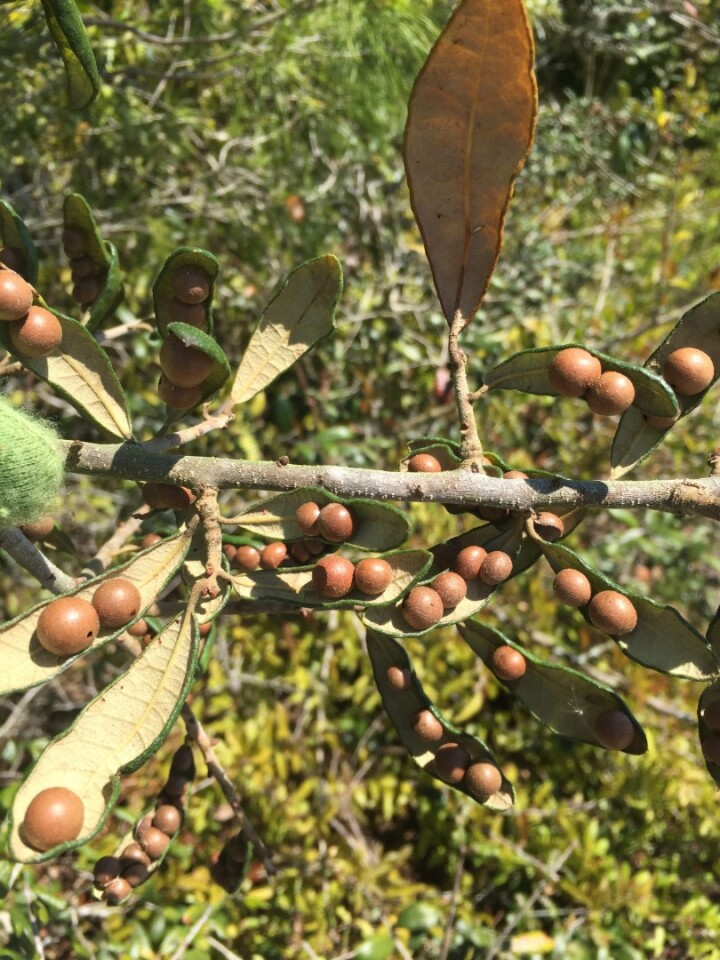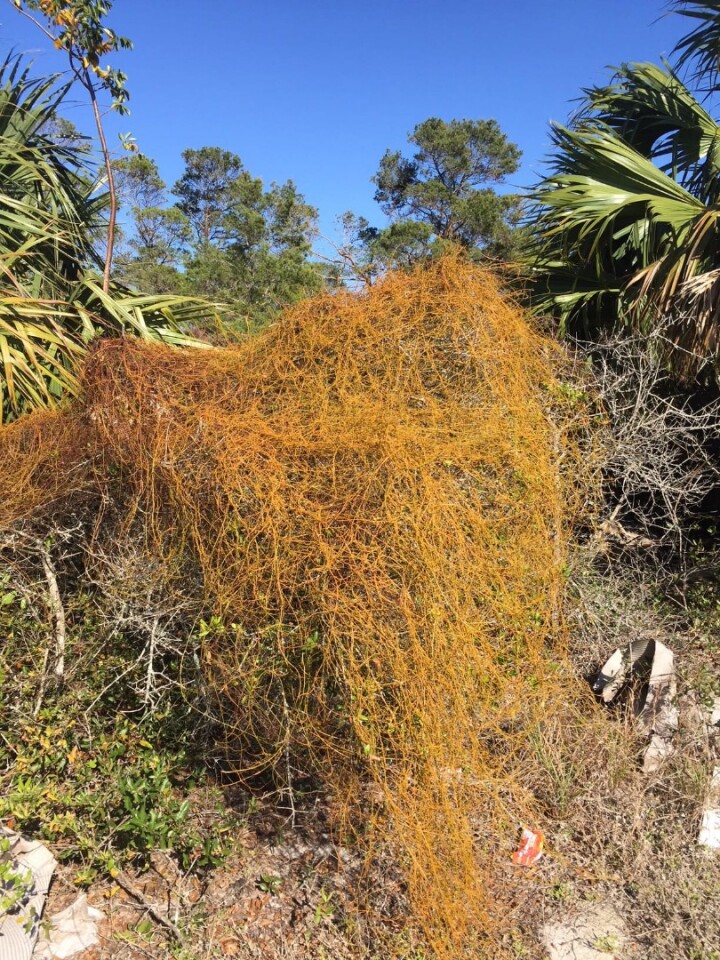Scientists from Rice University, Texas, have identified a parasitic plant that preys on both trees and the wasps that use them as a nursery for their young. The team hope that their macabre discovery could one day aid scientists in controlling destructive agricultural pests, and maybe even help target cancer cells for treatment.
Wasps are arguably one of the least lovable forms of life on Earth, and are well known for their ability to pack a great white shark's worth of fury into each of their tiny armored forms. Incredibly, new research published earlier this week in the journal Current Biology, has revealed a situation in which you can actually feel sorry for the little winged nightmares. Kind of.
The wasps in question are (predictably) far from innocent, despite being the victims of the piece. These particular insects, known as gall-forming wasps, use a cocktail of venom and proteins to trick trees into growing a safe habitat known as a gall, in which their young can develop.

"Galls are like tumors in many ways," comments Scott Egan, an assistant professor of biosciences at Rice University, and corresponding author of the study. "The wasps induce them to grow at the site where they lay their eggs, but the galls are part of the tree. The cells there have the same DNA as any other cell in the tree. They've just been reprogrammed to grow and behave in a way that is ultimately harmful to the tree."
While in the galls, the larval wasps feed on nutrients supplied by the tree's vascular network, and mature until they are ready to emerge and ruin picnics.
Roughly 13,000 species of insect are capable of manipulating trees to create a nursery for their young in this way. However, according to the team, its research marks the first recorded incident of a parasitic plant feeding on a gall-forming parasitic insect that shares the same tree host.
The parasitic action was discovered as the researchers conducted a lab analysis of gall specimens collected in the field. Co-author of the newly published paper Linyi Zhang, a graduate student at Rice University, spotted an orange vine forming an S-shaped twist around galls located on the underside of a leaf.

Upon cutting the galls open the researchers discovered a mummified wasp. The orange vine, called Cassytha filiformis, or "love vine", had apparently attached itself to the nurseries and drained them of the nutrients that had been keeping the juvenile wasps alive. The parasitic insects had essentially been beaten at their own game.
The scientists found several examples of the parasitic interactions in their lab samples, and dozens more in other gall specimens collected after the initial discovery, that affected a wide range of parasitic wasps and flies.
In total, 51 gall nurseries created by the wasp species B. treatae that were attacked by love vines were dissected by the researchers. Twenty-three were found to contain mummified adult wasps. The team also examined 101 nurseries that were untouched by the vines, discovering only two dead wasps.

The vines appeared to favor targeting galls that were slightly above the average recorded size. This could mean that they sought out larger nurseries, or somehow made them grow larger once they had attached, which would have allowed the parasitic vines to feed for longer.
"This is the first time anyone has ever discovered a parasitic plant and parasitic gall wasp interacting on a shared host plant," Egan said. "This could be unique, but biologists have cataloged more than 1,300 species of gall-forming wasps and more than 4,000 species of parasitic plants, so this could just be the tip of the iceberg."
The researchers hope that further research into understanding how the vines seek out the galls, and differentiate them from the tree, with which they share the same DNA, could help keep crops healthy by dealing with pests, and maybe even aide in targeting cancer cells for treatment.
A paper detailing the findings has been published in the journal Current Biology.
Source: Rice University







